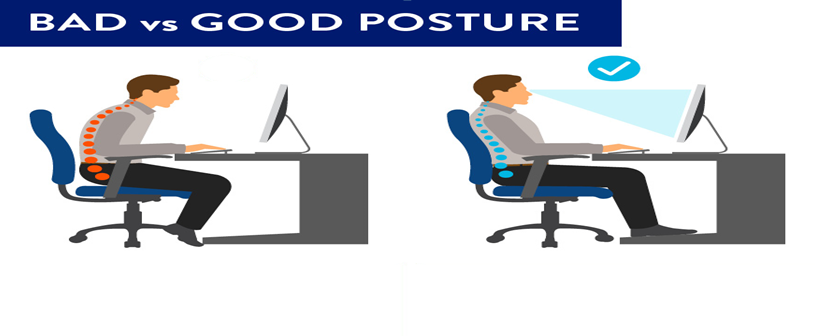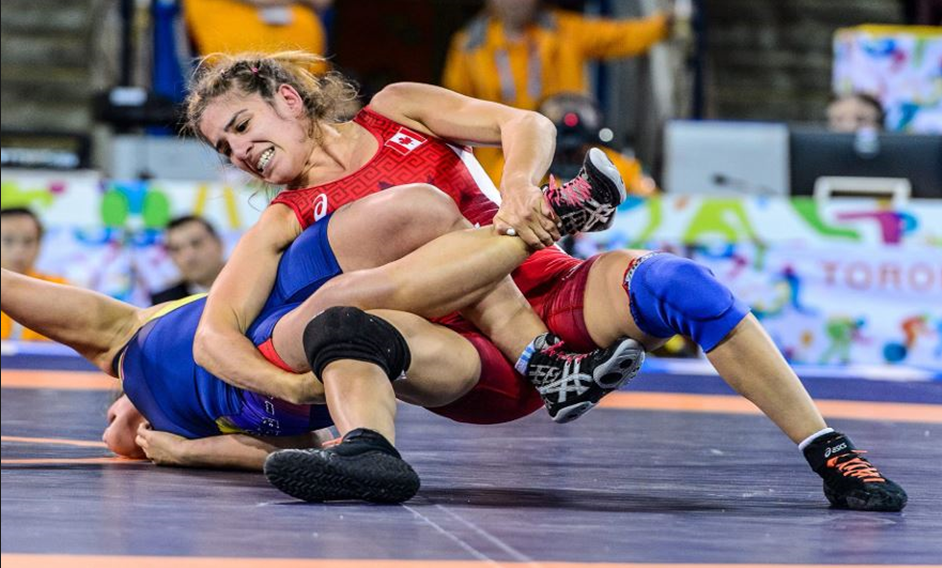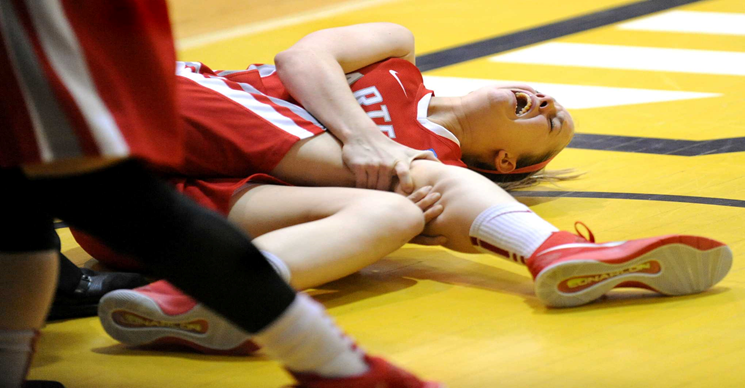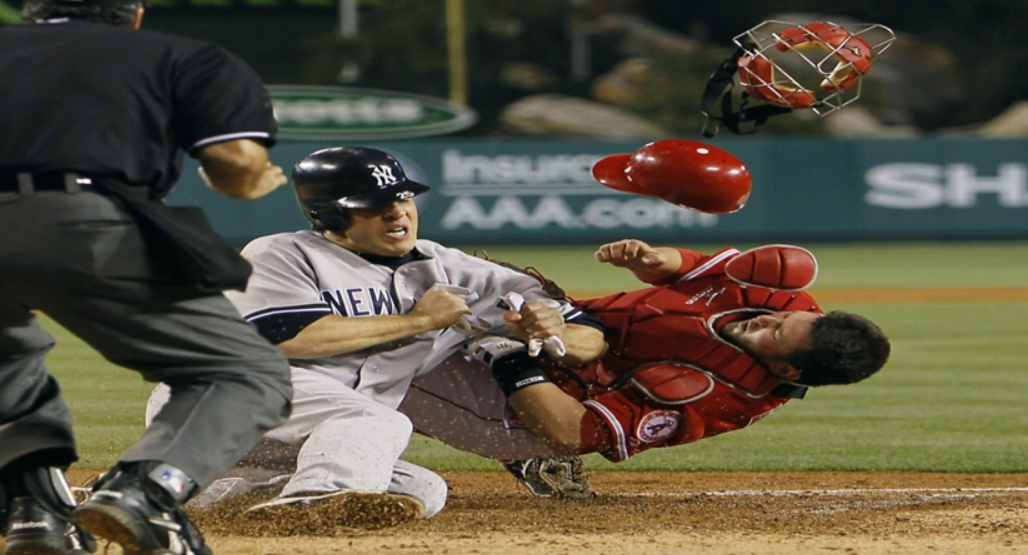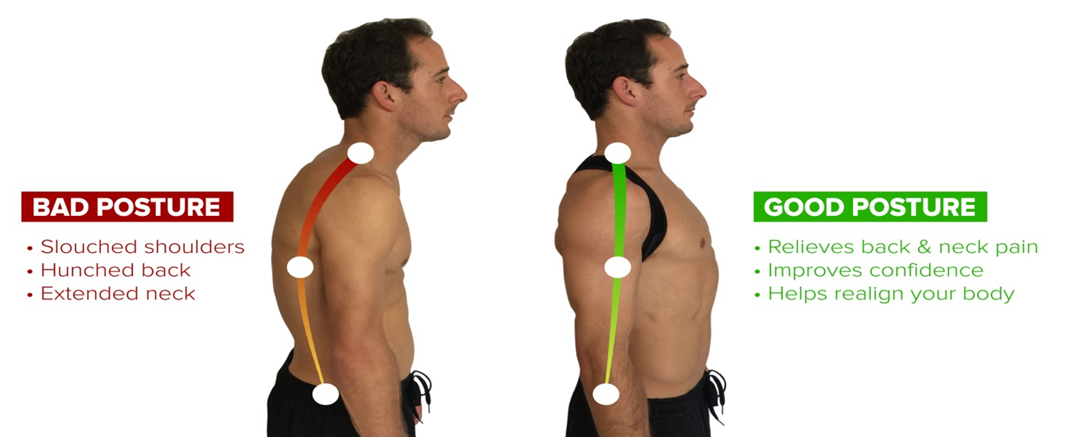AN OVERVIEW OF THE CAUSES TREATMENT & PREVENTION OF ABDOMINAL MUSCLE INJURIES
-Sports Physiotherapy can be considered to be an essential service for an effective recovery of core muscle injuries specifically Abdominal Strain & sports related hernias-
The core muscle injury implies possible damage that can occur to the musculoskeletal area of the mid-section, it is comprised from the chest to the mid-thigh.
On the other hand; an ab strain is an injury that damages the internal structure of the abdominal muscles. The abdominal strain is characterised by stretches or tears within the muscle.
Although the signs are quite similar to a hernia, we are not talking that they are the same condition.
When a muscle is roughly stretched passively (without muscle contraction) or actively (with contraction) muscle tear (sprain) may occur. They are frequent, especially in: The muscles that cross the joints such as those of the hip and in the musculotendinous junction.
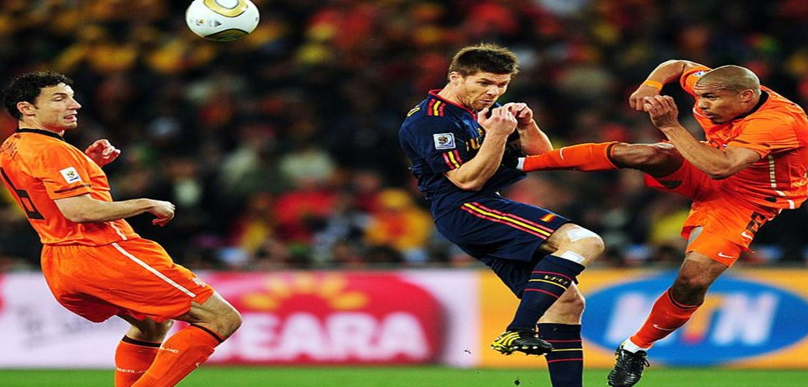
Muscle injuries are highly common in sports that require a high demand and can reach a total of 10 to 55% of all acute injuries in sporting events, stated by Nicola Maffulli et la (2015). According to statistics, 31% of all lesions in elite football are linked to muscle injuries such as strain, sprain, and tears, and causing the injured player to be absent approximately 25 days from any sports practice including training.
What are the Core Muscles and their functions? You may think that it refers only to the area of the body where the abdominal muscles are located but actually, it points out to the abdominal, lumbar, pelvic, gluteal, and deep spinal muscles.
MayoClinic explains that the main function of the 'core' is to stabilise the lumbopelvic region that is key in the human body since it is the body stabilisation point for any type of movement, it is the area that gives body control, posture, and balance in sports of high intensity with quick changes in direction.
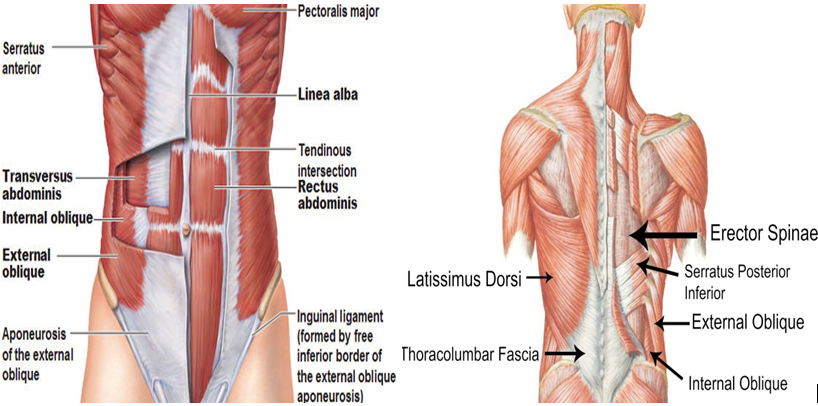
How can I sustain an abdominal strain? This condition is caused by overexertion of the abdominal muscle, which can happen by doing an activity for which the muscle is not ready, exercising excessively, doing exercise or sports activities improperly, lifting heavy objects, and twisting the body suddenly.
What are the activities that can inflict a Pulled Abdominal Muscle to be worse? A post of ClevelandClinic reports that the factors that could increase your chance of developing an abdominal muscle sprain: not stretching properly before exercising, overstressing the muscles, doing sports activities and abdominal strains exercises incorrectly (especially sprinting and jumping), have weak back muscles, participate in vigorous activity, exercising in cold weather, striking the ball.
If you have any of these risk factors you must tell your Sport physio in Manchester in order to tackle the abdominal strain most competently.
Are abdominal muscle injuries like an abdominal strain predominant in football?
Christian Brix et la (2013) lays out that owing to the fact that football is a contact sport, a slew of abdominal injuries can come about, and, these are mainly brought about by blunt trauma. Injuries to the abdominal wall in football are not entirely common however when they do occur they are categorised as severe. For this type of condition, an accurate diagnosis dictated by an MRI is indispensable. Management through a surgical process has shown encouraging outcomes.
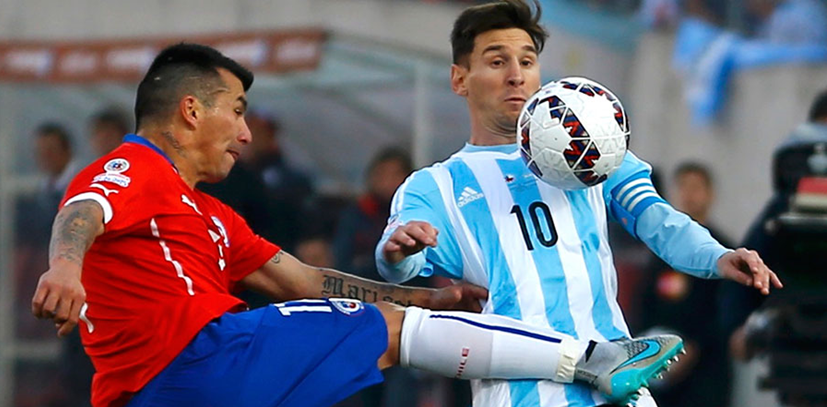
Core injuries have been reported to have a low incidence figure in professional football in England with 7% of all injuries occurring over numerous seasons. The mechanisms of action most seen for these types of incidents to occur are direct blows to the area, or very sudden movements of the torso that can cause distension. The muscles of the abdominal wall that are most affected are transverse abdominis, internal and external obliques and rectus abdominis, research made by Rob Johnson MD (2014).
What is the mechanism of action of the semitendinosus and bicep femoris muscles in a hamstring strain in football players?
Joke Schuermans et la (2014) presents that hamstring strain injuries are closely linked to the capability of the semitendinosus muscles and the bicep femoris muscle to provide reaction and support when being taken part in synergistic muscle movement.
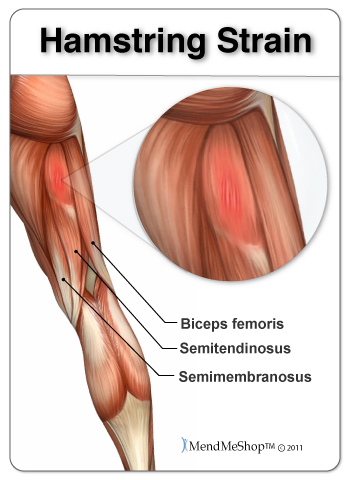
What are the symptoms that may indicate an Abdominal Muscle Strain? Verywellhealth says that whether you present any of these pulled abdominal muscle symptoms, do not assume it is due to an abdominal muscle sprain.
Since these symptoms may be yielded by other conditions, too. Inform your sports massage therapist practitioner in Manchester if you experience any of the following manifestations:
- Muscle pain immediately after injury.
- Stiffness and discomfort.
- Difficulty flexing or feeling pain when stretching the muscle.
- Pain when touching the area.
- Muscle spasms.
- Swelling or bruising (in severe cases). If you’ve torn the muscle, you will feel severe pain.
Our work in My Sports Injury Clinic is to provide high quality treatment alongwith education and injury prevention care to each of our patients, whether they are elite athletes, sports players, or regular everyday people. All things considered, we have the best solution when addressing your injury, some of the treatments that we offer in our establishment and home visits are sports physiotherapy, Manchester deep tissue massage, dry needling, body postural rehabilitation, cupping & Chinese medicine acupuncture.
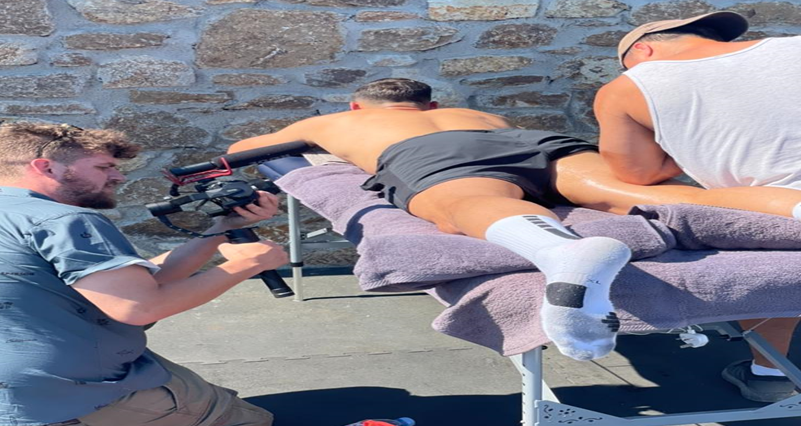
What does a Pulled Abdominal Muscle Injury feel like? If you do suffer from a pulled abdominal muscle the outside of your abdominal wall may have the sensation of feeling very swollen and tender. You may be able to experience these sensations when performing any movement that involves the muscles of the abdomen.
How can an Abdominal Strain be diagnosed?
The sports physio Manchester will ask about your symptoms and medical history.
During the thorough physical examination and various abdominal muscles testing, sports therapist will look for:
- Tenderness over the muscle area.
- Pain, especially when the muscle contracts
- The Ability to perform adequate movement testing or movements.
How is classified a pulled abdominal muscle injury?
The sports therapy Manchester clinicians will classify the degree of the pulled abdominal muscle depending on how severely you have been injured:
- First degree - muscle fibers are injured; 2-3 weeks to recover.
- Second degree - a larger number of muscle fibers are injured; 3-6 weeks to recover.
- Third degree - muscle is torn, may require surgery; about 3 months to recover.
How long do core injuries take to heal? If you undergo conservative treatment as sports physiotherapy in Manchester, the recovery time could vary from two weeks to four weeks.
Notwithstanding, if we refer to a non-surgical treatment we would be talking about 3 to 8 weeks to fully recover and return to the prior level of proficiency, without ruling out the option that could take more time than estimated due to complications in the rehabilitation process.
How long can it take for a Pulled Abdominal Muscle to cure? An article published by MedicalNewsToday informs that a pulled abdominal muscle could take to subside to 15 days up to 31 days if it is a severe case, nevertheless, if we make reference to a mild abdominal strain it could be sorted out in less time.
How do you rehab a Strained Stomach Muscle? To treat this pulled abdominal muscle condition, we should have previously attended a physio Manchester specialist to confirm the diagnosis and thus start off the approach methods, what is the pulled abdominal muscle treatment? After the injury, stop the activity immediately.
- Rest as needed.
- Apply a cold compress for 15-20 minutes. Apply ice four times a day for 1-2 days.
- Take pain relievers, (OTC) such as acetaminophen or ibuprofen. These can also help decrease swelling.
- Manual therapy Manchester.
- Gently perform mild stretching exercises when the pain goes away.
- If you do not improve in 1-2 days, call your Manchester deep tissue massage practitioner up.
- Ask your sports therapy Manchester physician when you can return to your normal activities.
- When you feel better, do exercises to slowly regain strength.
- Use warm compresses when you return to activity.
- Isometric and concentric muscle exercises.
What are the most common injuries of a Strained Stomach Muscle? Some of the most representative muscles of this area are denominated Transverse Abdominis, and the most common injuries of a Strained Stomach Muscle are named Osteitis Pubis, and Serratus Strain.
The primary function of the transverse abdominis is to stabilise the spine and it is also known as a compressor of the entrails of the gut.
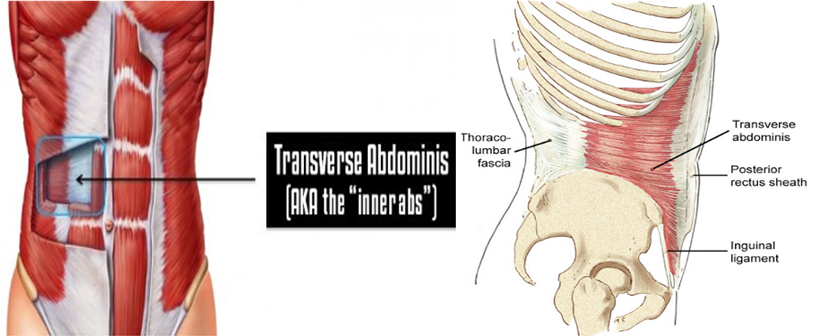
In addition, if we focus on the incidence of this condition (Osteitis Pubis) in the general population, we can view that only 0.5% to 6.5% suffer from it, published by Justin A Classie et la.
In as much as, the serratus muscle we could say that as it is the only skeletal muscle tissue in the internal area, it has the task of connecting with the scapula in order to keep it in position, likewise by sliding its fibers and contracting it is capable of moving the same bone to which it is attached to be able to perform a rotatory motion.
Is it a hernia or pulled muscle? Abdominal Strain vs Hernia
The abdomen is a region vulnerable to various pathologies, especially when the person exercises or carries out work carrying heavy objects, these actions can cause injuries to the abdominal wall.
For this reason, it is essential to tell the difference, hernias are defects or holes that allow the contents of the abdomen, mainly the intestine and peritoneum, to escape through natural or anatomical orifices, and as time passes this can be noticed and palpated in the form of a bump.
Whilst the abdominal tear or pulled abdominal muscle is the injury or rupture in the interior of any muscle of the abdominal wall that occurs after a sudden exercise or movement.
How to stave off a pulled stomach muscle to help reduce your chance of getting this condition, take the following steps:
- Stretch before exercising and cool down afterward.
- Don't get too exhausted while exercising.
- Get the right training for sports and exercises.
- Do exercises to strengthen your abdominal muscles. Work with a personal trainer or a physical Manchester therapist.
- Learn to lift heavy objects properly, and if you are tired, stop exercising.
When you bear abdominal pain, seek out medical attention right away.
How can you tell the difference between Muscle Strain and Muscle Soreness?
To distinguish the difference it is necessary to know that the main difference lies in the onset of pain, usually, a pain caused by a pulled abdominal muscle will appear almost immediately, and it is intense. However, the pain that is caused by muscle soreness can occur after one or two days, issued by UT Physicians.
Published by Rafael Peña for www.mysportsinjury.co.uk
References
- Anderson, M.K., Hall, S.J., & Martin, M. (2005). Foundations of Athletic Training: Prevention, Assessment, and Management. (3rd Ed.). Lippincott Williams & Wilkins: Philadelphia, PA.
- Arnheim, D.D. & Prentice, W.E. (2000). Principles of Athletic Training. (10th Ed.). McGraw Hill: Boston, MA.
- Ekstrand J, Hägglund M, Waldén M. Epidemiology of muscle injuries in professional football (soccer) Am J Sports Med. 2011;39:1226–32.
- Garrett WE., Jr Muscle strain injuries: clinical and basic aspects. Med Sci Sports Exerc. 1990;22:436–43.
- Muscle strain (pulled muscle). (n.d.).https://www.hopkinsmedicine.org/orthopaedic-surgery/specialty-areas/sports-medicine/conditions-we-treat/muscle-strains.html
- Sprains, strains and tears. (2011). https://www.acsm.org/docs/default-source/files-for-resource-library/sprains-strains-and-tears.pdf?sfvrsn=5b229fcf_2
- Schuermans J, Van Tiggelen D, Danneels L, Witvrouw E. Biceps femoris and semitendinosus--teammates or competitors? New insights into hamstring injury mechanisms in male football players: a muscle functional MRI study. Br J Sports Med. 2014 Dec;48(22):1599-606. doi: 10.1136/bjsports-2014-094017. PMID: 25388959; PMCID: PMC4267196.
- Brix C, Lohrer H, Hoeferlin AABDOMINAL MUSCLE INJURIES IN SOCCER–SURGICAL CASE SERIESBritish Journal of Sports Medicine 2013;47:e3.
- Johnson, R. Abdominal wall injuries: Rectus abdominis strains, oblique strains, rectus sheath hematoma. Curr Sports Med Rep 5, 99–103 (2006). https://doi.org/10.1007/s11932-006-0038-8.
